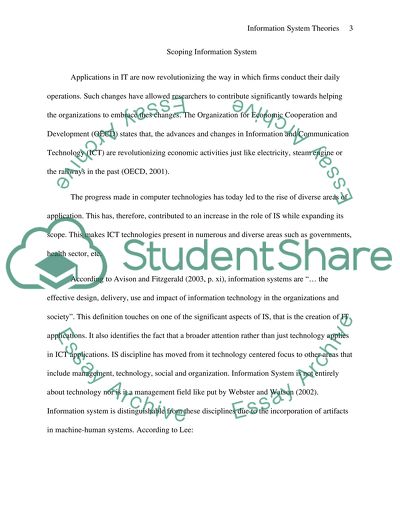Cite this document
(“IS theories, are they emerged in IS disciplines or adopted from other Article”, n.d.)
Retrieved from https://studentshare.org/information-technology/1397581-is-theories-are-they-emerged-in-is-disciplines-or
Retrieved from https://studentshare.org/information-technology/1397581-is-theories-are-they-emerged-in-is-disciplines-or
(IS Theories, Are They Emerged in IS Disciplines or Adopted from Other Article)
https://studentshare.org/information-technology/1397581-is-theories-are-they-emerged-in-is-disciplines-or.
https://studentshare.org/information-technology/1397581-is-theories-are-they-emerged-in-is-disciplines-or.
“IS Theories, Are They Emerged in IS Disciplines or Adopted from Other Article”, n.d. https://studentshare.org/information-technology/1397581-is-theories-are-they-emerged-in-is-disciplines-or.


